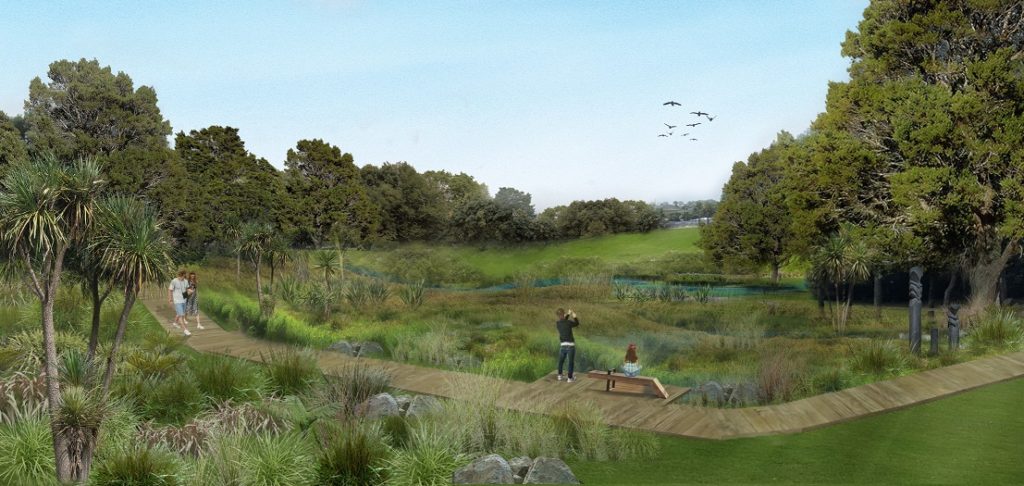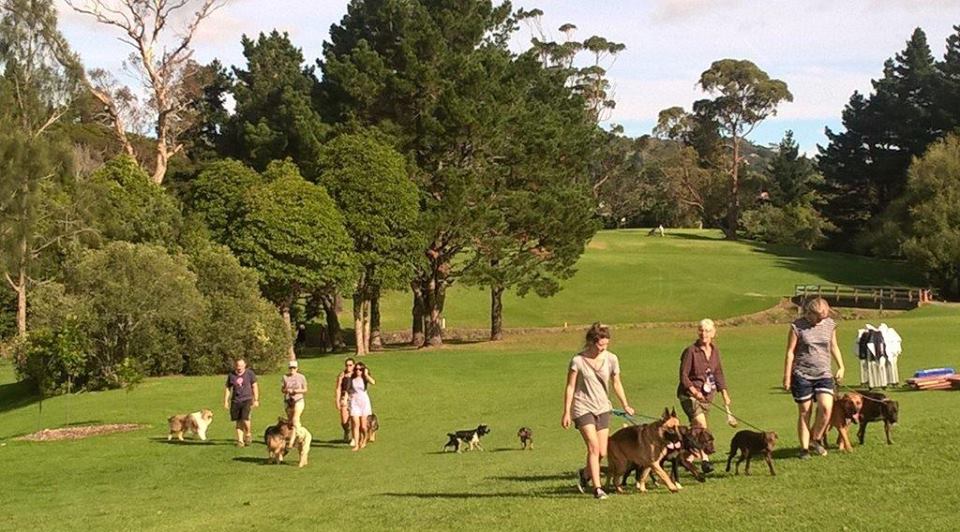[Update 12 September 2019: Chamberlain Park Redevelopment FAQs has more information]
The vote by the Council’s Environment and Community Committee on 10 July to develop a detailed business case for widening the uses of Chamberlain Park “is a step towards making better use of our space for better facilities for our people now and in the future,” says City Vision’s Peter Haynes, Chairperson of the Albert-Eden Local Board.
Albert-Eden has the largest shortfall in sportsfield capacity in Auckland, along with fast-growing and adjacent Waitematā Local Board. “We need the additional sportsfields right now,” says Haynes. “Council staff find it increasingly difficult to find sportsfields for local clubs, and at least one has resorted to paying tens of thousands of dollars a year to hire school grounds.”
“We’ve spent countless hours looking at every possibility to upgrade our sportsfields to increase capacity and we’ve just about reached the limit. With huge growth planned and underway, things will simply get worse. I’m appalled that our opponents are suggesting that we could easily upgrade a whole lot of fields, because some of them have been on this journey with us and know that’s not true,” he says.
The proposal also provides for a new neighbourhood park in an area which will be especially short of park space when up to 10,000 new residents are added at the former Unitec site very close by.
It also provides for a major restoration of the Meola Waititiko Creek, (details below), shared walking and cycling paths, and a golf ‘offer’ that includes a driving range and practice facilities as well as a nine-hole golf course.
Restoring the Meola Waititiko Creek

Artist impression of an upgraded Chamberlain Park
A major reason for widening the uses of Chamberlain Park is to restore the almost one kilometre of the Meola Waititiko Creek to a natural state. This work includes restoring the creek, wetlands and extensive planting of native trees and plants. This will improve the quality of the water, helping to address widespread concerns about the pollution of the waterway, provide a corridor for birds from Meola Reef Te Tokaroa to the Roy Clements Treeway further upstream, and afford a pleasant walking and educational experience.
At present one section of the creek runs dead straight across the park, with a concrete floor and basalt rock wall, and is largely devoid of riparian planting or water life. Combined sewer overflows and stormwater contaminants degrade both the stormwater quality and aquatic ecology of the Meola Waititiko Creek. It is in a sorry state after decades of neglect.
Specifically, the basic works for this section of the creek include: planting on the banks and up to 20 metres from the stream; re-grading the creek edge, removing the concrete bed and artificial stone walls, replacing with stones and logs, so reconnecting the stream with the aquifer to improve habitat biodiversity; and installing a series of rock riffles with constricting weirs to increase habitat variation and provide visual interest. The riffles create pools that re-oxygenate the water and detain peak flood flows. In addition, the channel of the swale into the creek will be regraded and the vegetation improved, through weeding and selective replanting.
The other section of the creek runs along the southern boundary and is overgrown with weeds and diseased trees. Remnants of a former rock forest can be found with difficulty. Works planned include extensive removal of weeds, diseased trees and selected exotics, and replacement with eco-sourced native trees to restore the original ecotype.
The project involves the planting of many thousands of trees—around thirty different species of native trees, shrubs, flax and grasses on the stream edge, floodplains, stream banks, wetlands and surrounds of the stream, as well as in the regenerated forest in the south of the park. The ecological and environmental values will be greatly improved as a result of the project.
Related reading

